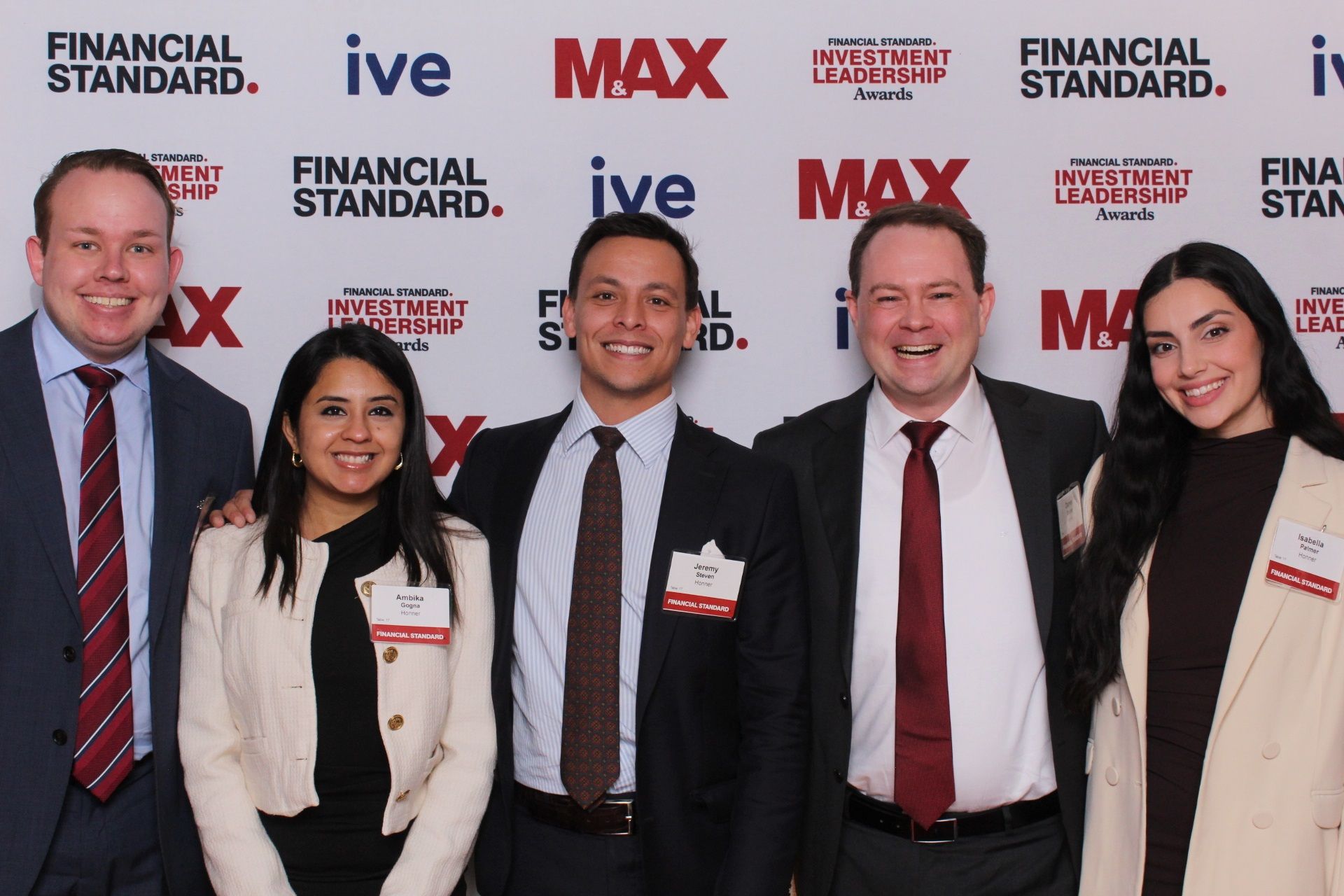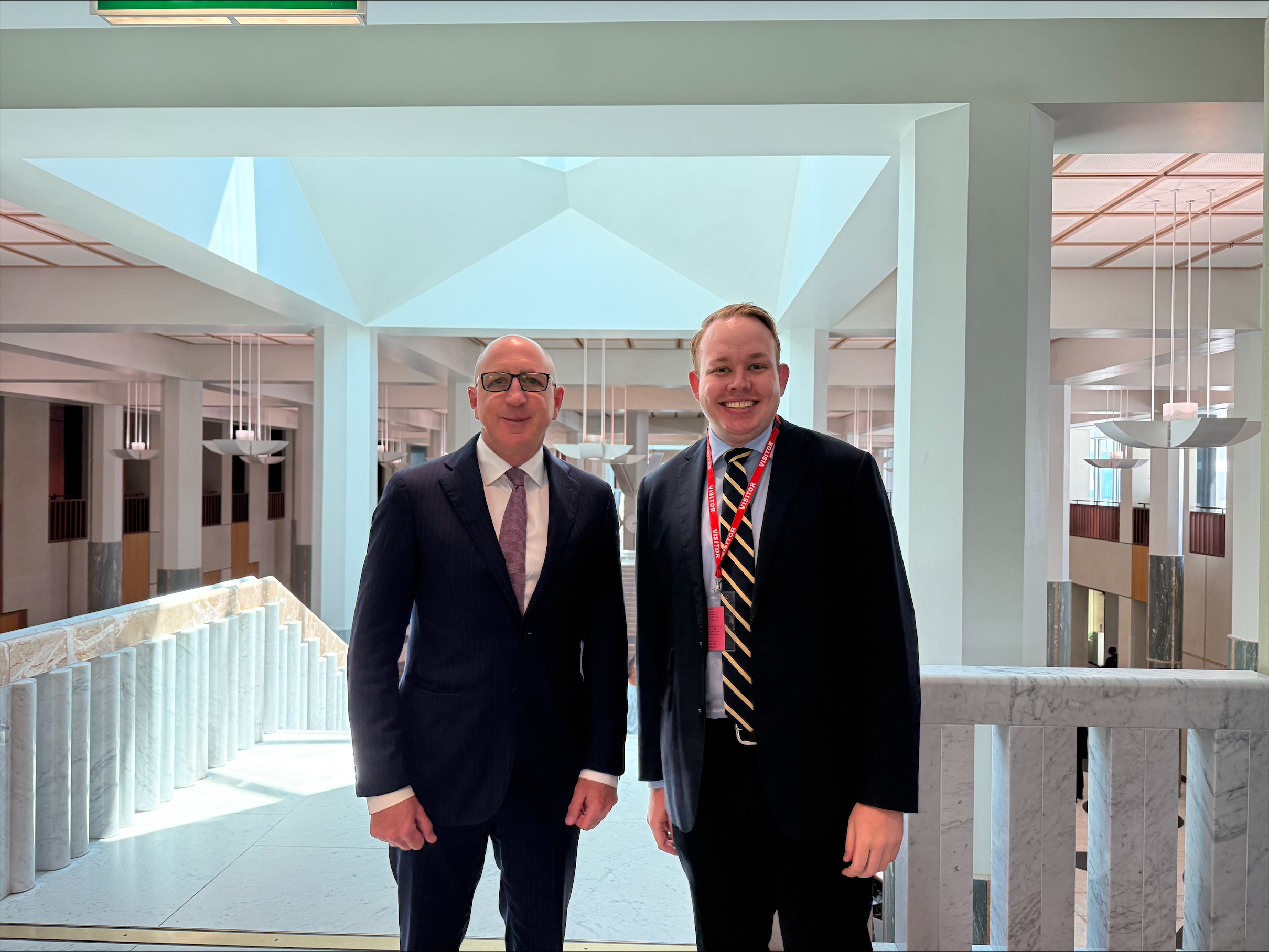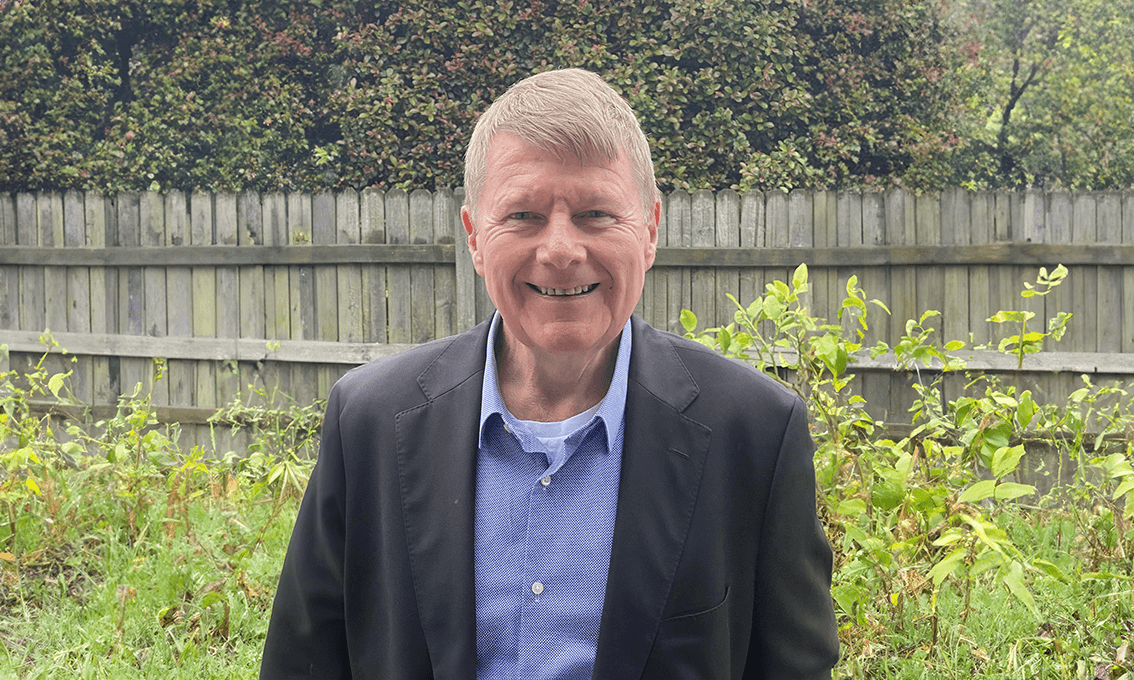For over a decade, Twitter—renowned for its iconic blue bird logo—stood as a go-to platform for bite-sized, unfiltered information, bridging businesses, stakeholders, and the public. Under Elon Musk’s leadership, the platform has rebranded to X and expanded its functionality to include features like audio calling, direct messaging, and hour-long videos, aiming to become an “everything app.”
However, alongside these advancements, X has also introduced challenges, from inconsistent experiences to stricter data regulations. This begs the question: should corporate firms, particularly those targeting B2B customers, continue investing in X as a communication channel? And if so, how can they future-proof their strategies?
The evolution of X: From tweets to ‘everything’
Launched in 2006, X (formerly Twitter) rapidly ascended to social media fame thanks to its user-friendly interface and real-time content. For businesses, it has offered a powerful tool to amplify their brand voice, engage with stakeholders, and join industry conversations.
X has also remained a key resource for journalists tracking global and local trends. While in 2023, 58% of Australian journalists actively used the platform, this represented a significant decline from 73% in 2019—a sign of waning enthusiasm even among one of its core audiences.
Navigating the challenges of the new X
Corporate users are finding it increasingly difficult to extract value from X. Its 280-character limit often forces oversimplification, especially when links are included. Furthermore, Musk’s reimagining of the platform has introduced a controversial verification system, where blue checkmarks are now tied to premium subscriptions, muddying the waters of authenticity.
X’s decentralised nature and real-time format can also fragment information, reducing engagement rates compared to more focused platforms like LinkedIn.
Compounding these issues, the platform’s reputation suffered during the COVID-19 pandemic, when it became a breeding ground for misinformation. Between 2020 and 2021, over 1.2 million tweets spread COVID-19 conspiracy theories, highlighting the platform’s lack of robust content moderation. This reputation hit has contributed to declining ad revenues, with X reporting a $238 million drop in 2024.
For companies with global ambitions, X’s accessibility is another drawback. The platform remains banned in nine countries, including major markets like China and Russia, limiting its reach for multinational businesses.
The Guardian exits X: Prioritising integrity over platform presence
In November 2024 the Guardian announced it will no longer post content on X (formerly Twitter) from its official accounts. Citing concerns over “often disturbing content,” including far-right conspiracy theories, racism, and issues with US election coverage, the organisation stated the platform’s negatives now outweigh its benefits.
This decision aligns with a broader trend. Last year, National Public Radio (NPR), a non-profit US media organisation, and the Public Broadcasting Service (PBS), a US public television broadcaster, left X after being labelled “state-affiliated media.” This month, the Berlin Film Festival announced its departure without an official reason. Similarly, the North Wales Police discontinued its use of X last month, stating the platform was “no longer consistent with our values.” In August, the Royal National Orthopaedic Hospital exited, citing “an increased volume of hate speech and abusive commentary.”
Tips for Maximising X’s Potential
If your organisation decides to maintain a presence on X, here are some best practices to optimise your efforts:
- Be concise and creative: Use emojis, link shorteners, and hashtags to make your posts engaging and to-the-point.
- Leverage visuals: Eye-catching images or videos tailored to X’s specifications can stand out in users’ feeds.
- Invest in advertising: X’s ad tools allow precise targeting by demographics and interests, while X Analytics offers insights to refine your strategy.
Bluesky Gains Momentum as Users Depart X
A growing number of users, including journalists, politicians such as Rep. Alexandria Ocasio-Cortez, and organisations like the NYC mayor’s office, are moving from X (formerly Twitter) to Bluesky, a platform developed by Twitter co-founder Jack Dorsey. This trend, referred to as the #Xodus, follows reported concerns about misinformation, hate speech, and changes to the platform’s functionality.
Bluesky, designed as a decentralised alternative to Twitter, features a chronological feed and tools aimed at reducing harassment. With increasing activity and sign-ups, the platform is becoming a notable option for those seeking an alternative social media space.
The Verdict: To X or Not to X?
While X offers a quick way to gauge customer sentiment and engage with diverse audiences, its effectiveness as a B2B platform is increasingly questionable. For many firms, LinkedIn provides a cleaner, more professional environment for engaging stakeholders and building credibility.
Even among its fans, X’s rebranding as an “everything app” has introduced hurdles, such as diluted authenticity and operational inconsistency. Companies should weigh the platform’s strengths—like its immediacy and cultural relevance—against its pitfalls, including misinformation, declining engagement, and limited geographic reach.
Ultimately, deciding whether to allocate resources to X should align with your broader communications goals. For firms that proceed, a clear understanding of both the platform’s potential and its limitations will be crucial to crafting an effective strategy.















